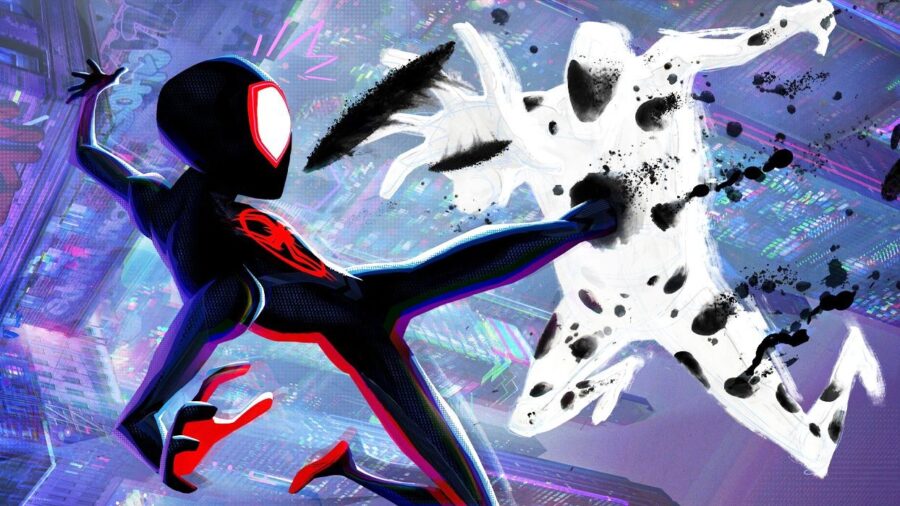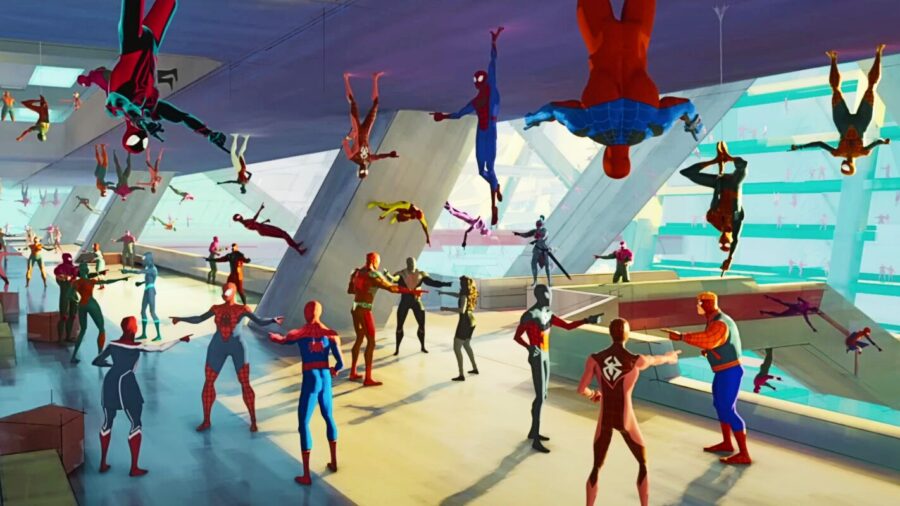Across The Spider-Verse Artists Reveal Shocking Truth Behind Movie’s Production
Artists that worked on Spider-Man: Across the Spider-Verse claim they were overworked and had to make countless last-minute revisions to completed work.

When Into the Spider-Verse was released in 2018, the Sony animated feature following Miles Morales’s Spider-Man changed the world of animation forever. The Oscar-winning film blew the minds of critics and audiences alike and created a new standard for visual storytelling that was, amazingly, surpassed with the release of the sequel, Across the Spider-Verse. However, according to Vulture, making the sequel wasn’t a walk in the park for the animators, and the visual artists are now speaking out about the relentless revisions, overwhelming work hours, and other challenges they had to face during production.
While the film’s producers, Phil Lord, and Chris Miller, have been praised for their critically acclaimed projects (that include more than just the Spider-Verse movies, with the pair having worked together on the Lego movies and Cloudy With A Chance Of Meatballs as well), Across the Spider-Verse crew members disclosed that Lord was a challenging man to work with in the studio.
Rather than follow the industry-standard approach of revising scenes early in development, the producer insisted on having scenes fully animated before he made his edits, creating a backlog of work across multiple departments. The crew was tasked with working tirelessly to meet shifting requirements, leading to many artists leaving the project in frustration.
Lord’s meticulous approach caused significant delays during the production of Across the Spider-Verse, leaving animators hired in the spring of 2021 idle for months as he focused on perfecting the film’s layout. This resulted in a race against time during the final months, with artists grappling with numerous revisions to meet deadlines. The pressure to sprint through the remaining production stages took a toll on morale, creating a stressful environment for the team.

The relentless changes and revisions took a toll on the artists involved in Across the Spider-Verse. Many worked overtime, dedicating countless hours to their craft, only to see their work altered or discarded entirely. This led to emotional exhaustion, burnout, and a reassessment of their commitment to the project.
Sony executives have disputed the crew members’ claims, emphasizing the wild nature of the animation process. Despite the reported challenges, Across the Spider-Verse was lauded by the public, who loved the film and found it to be even better and more groundbreaking than the first movie.
As the film nears $500 million at the global box office and is raking in cash for the higher-ups at the studio, the crew’s concerns echo the need for industry-wide improvements in working conditions and a more balanced approach to creative decision-making.
The production of Across the Spider-Verse exemplifies the intense and often tumultuous journey of creating groundbreaking animated films, or really any critically acclaimed feature. Across the Spider-Verse’s case where the commitment to perfection, coupled with the relentless pursuit of creative excellence to the point that it tested the limits of the crew members involved, is not uncommon.
More and more entertainment workers are speaking out about the working conditions of below-the-line employees.
So, will Hollywood start listening to the writers and artists who are the backbone of their blockbuster hits? Guess we’ll find out.









